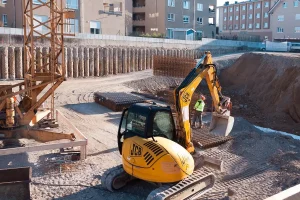1. Define Your Target Audience:
– Identify the demographics and interests of your target audience.
– Consider factors such as age, location, interests, and preferences.
2. Newsletter Structure:
– Header:
– Create an eye-catching header with the newsletter’s name and logo.
– Introduction:
– Briefly introduce the newsletter’s purpose and highlight its value.
– Event Highlights:
– Feature a curated list of the most exciting events happening over the weekend.
– Community Spotlight:
– Highlight a local business, artist, or community initiative.
– Tips and Suggestions:
– Include tips for navigating the events or suggestions for enhancing the experience.
– Call to Action:
– Encourage readers to share their experiences or submit their events for future newsletters.
– Social Media Links:
– Promote your social media profiles for additional engagement.
3. Content Creation:
– Event Descriptions:
– Craft engaging and concise descriptions for each featured event.
– Include key details such as date, time, location, and a brief overview.
– Visuals:
– Add high-quality images or graphics to make the newsletter visually appealing.
– Storytelling:
– Share stories about the people or organizations behind the events to create a connection with your audience.
4. Event Research:
– Regularly research and compile a list of free local events.
– Establish relationships with local event organizers to get exclusive information or partnerships.
– Include a variety of events, ensuring there’s something for everyone.
5. Engagement Strategies:
– Interactive Features:
– Incorporate polls, quizzes, or interactive elements to engage readers.
– User-Generated Content:
– Encourage readers to share their favorite events or experiences.
– Feature user-generated content in the newsletter.
6. Promotion and Distribution:
– Promote the newsletter through social media, community forums, and local organizations.
– Consider collaborating with local businesses or influencers to expand your reach.
– Utilize email marketing tools for efficient distribution.
7. Analytics and Feedback:
– Monitor newsletter analytics to understand reader behavior.
– Collect feedback through surveys or comments to continuously improve the content.
8. Consistency:
– Establish a regular publishing schedule to build anticipation and loyalty.
– Ensure the content is consistently valuable and aligned with your audience’s interests.
9. Adaptability:
– Stay adaptable to changes in the local event landscape.
– Adjust content based on reader feedback and evolving community interests.
By implementing these strategies, your free local weekend events newsletter can become a valuable resource for your community, fostering engagement and building a sense of connection among your readers.
Jeden komentarz
Dodaj komentarz
Musisz się zalogować, aby móc dodać komentarz.





Super pomysł na newsletter! Planowanie, badania i zaangażowanie to kluczowe elementy sukcesu. Dzięki nim można stworzyć treści, które naprawdę trafiają do odbiorców i przyciągają ich uwagę. Warto też podkreślić, że skupienie się na lokalnych wydarzeniach dodaje tej strategii autentyczności i bliskości. Jednak trzeba być świadomym, że wymaga to sporo pracy i czasu. Trzeba stale monitorować wydarzenia, dostosowywać się do zmian i dbać o regularność wysyłki. Ale efekty na pewno są tego warte!